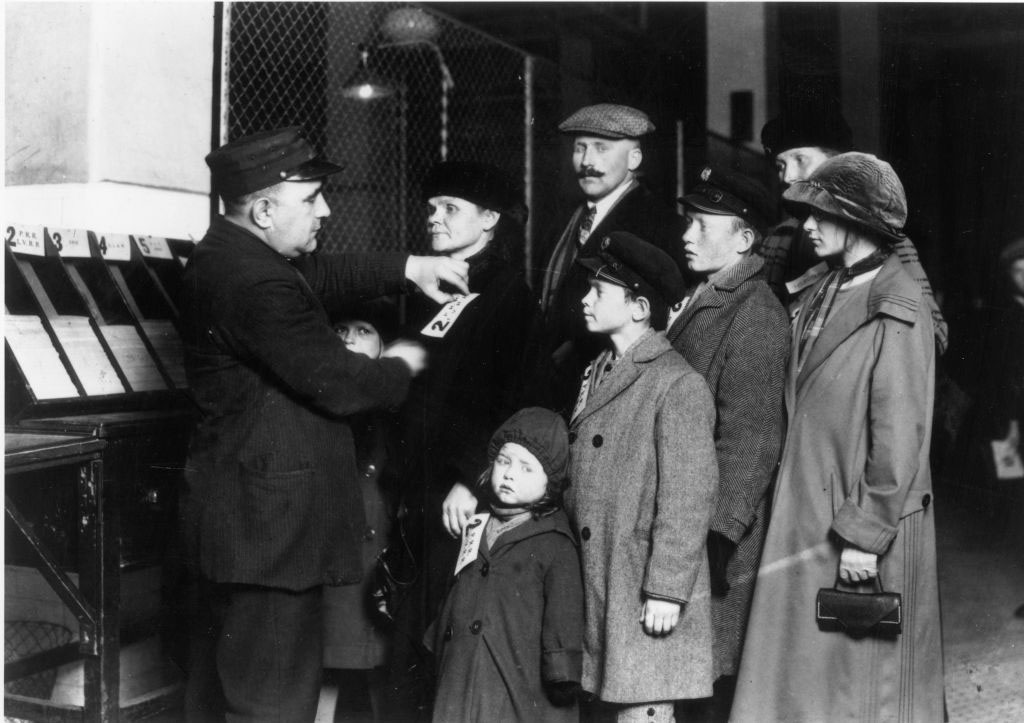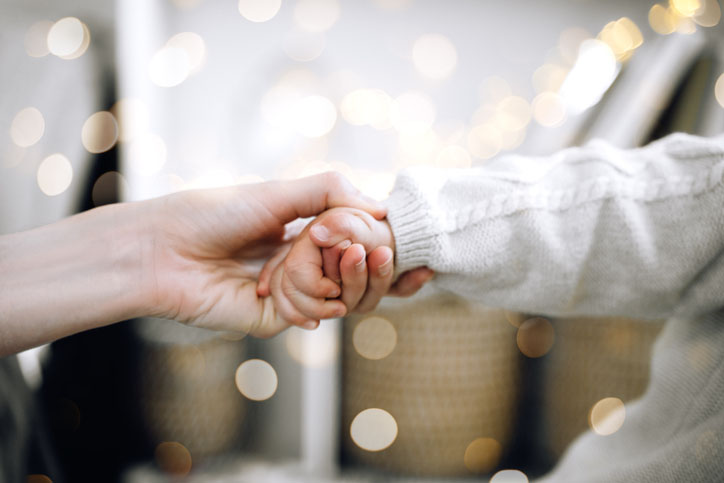THE SYMBOLS OF THE TILES
Part of the enjoyment of Mah Jongg is the sensory aesthetic of the set—the color, feel and the different depictions of the Suits, Dragon and Flower tiles. But newer sets are pretty standard in their depictions of the one Bam, Dragon and Flower tiles.
For example, in older sets from the 40s, 50s, 60s, etc. the one Bam tile has a great variety of representations. Some are various poses of peacocks, some are a soaring sparrow or it is perched on a bamboo twig, some are of the bamboo flower, etc. Some sets use the Chinese symbol for Red and Green Dragon, some use different looking Dragons. And Flower tiles have the greatest number of variations in these sets.
In spite of the variations of these tiles, the meaning behind them remains the same as it was since the beginning of the game. The symbolism is a reflection of the values predominant in Chinese culture and well as in the culture and values of all of us. For example, the red symbol on the Crak Suit literally means 10,000. That’s a very large number and so it has come to represent the “10,000” virtues of man: honesty, fidelity, loyalty, etc. Hence, the Crak Suit in American Mah Jongg is often referred to as the Character Suit.
The Bam Suit is a salute to the most versatile plant in China—Bamboo. It’s used for building, furniture, food, clothing, and a myriad of other things, including Mah Jongg sets. And because bamboo is a staple of Chinese life, it symbolizes service, strength, versatility and usefulness.
Dots, called balls or circles in Chinese sets, are reminiscent of coins, or money——associated with business, commerce, wealth and riches. As a matter of fact, the one Dot is a representation of a precious pearl.
As you know, most modern sets have Flower tiles that come in two distinct categories. There are the “Flowers” and there are “people” tiles. The Flower tiles reflect the Spring Plum Blossom, the Summer Orchid, the Autumn Chrysanthemum and the Winter Bamboo. But the People tiles reflect the occupations and/or trade of ordinary people—farmers, fishermen, scribes, philosophers.
But in older sets, the representations of Flowers vary with the whims of the designer. The people part of these tiles can be the Emperors, concubines, animals such as roosters, cats, rats (or mice), fish and all manner of objects. And each older set has its own variations of these tiles. The Flower portion of sets also vary. Many Flower tiles are called Vase Flowers because they are set in vases. Some designers created delicate and wispy Flowers, some straight-forward, uncomplicated versions. Again, each designer used his own creative and artistic talents to produce these “variations on a theme”.
But whatever the version of tiles in your set, knowing they represent the values and ideals of the world in which we all participate, can only add to its pleasure.
Til next time…
MAY THE SYMBOLIC TILES BE WITH YOU!





















 More news and opinions than at a Shabbat dinner, right in your inbox.
More news and opinions than at a Shabbat dinner, right in your inbox.